One Day Product Strategy Workshop
In our previous post Lean Product Strategy for NGOs we wrote about the difficulty to engage in customer development within an NGO and the challenges of Kiron to create a product that helps refugees learn.
In this post we share the one-day #PoDojo Flow we’ve used to help the team make progress towards creating real outcome. We briefly describe the individual steps from discovery of customer problems to testing ideas.
#PoDojo Flow

Below you’ll find the individual steps that make the #PoDojo Flow for a one-day product strategy workshop. It starts a week before with the step Customer Discovery where the whole team engages in several methods to gather as much customer insights as possible. The team did a great job doing customer interviews with hard to access customers in remote area
Sharing Insights from Qualitative Research

After the Customer Discovery the workshop started with Insights, a download of the information gathered during research. To structure a huge amount of information gained from the interviews we introduced a download map, which helped to organize the information in four columns: A brief user description, the most interesting insights gained from the interview.
In a next step we reframed the problem by the question “We wonder if this means?” to gain a common understanding of it. In the last column we build the bridge to ideation by asking what would be life-changing for the specific user. This leads towards ideas without leaving the problem space too early. It is important because finding a solution at this stage prevents the customer's actual problem from being understood.
Focussing on a Customer Problem to Tackle

Once the information has been gathered and interpreted the teams face the next challenge: Decision making. Which customer problem should they continue to work with? We used simple frames cut out of large PostIts to facilitate the selection of the most interesting customer problem. The rest of the material is not lost and remains on the board to be viewed later.
Now teams were ready to draw a precise picture of the customer using the customer segment profile describing the JTBD, gains and pains and derive a design challenge from it. Formulating a How-Might-We (HMW) question lead quickly to ideation.
Finding Ideas for Solutions
As quantity trumps quality at this stage we introduced the tool Crazy 8: You brainstorm ideas and then draw the 8 best ones on a piece of paper. Drawing not only provokes a different kind of thinking, a drawing also evokes a story, which helps building a great product as we learned in the next step.
Prototyping Stories
Once the idea has been selected it can be build. As a prototype we used a hero’s journey using the drawings made during ideation. It is a great tool to communicate a vision for a product and make it tangible. With the Value Map the teams could validate their ideas as they could clearly see if their ideas would solve the right job and relieve the customer pains.
Testing Ideas
Now teams are ready to test – but what exactly needs to be evaluated first. We introduced the Assumptions Map: To understand the most critical assumption you need to test in order to help your product become a success. Among the critical assumptions that Kiron has to test are the accessibility of digital media, such as computers or mobile phones in refugee camps, and the willingness of refugees to go to a study center at all. The testcard finally puts up the hypothesis, helps mapping out ways to verify it and to measure it effortlessly and establish criteria, which proves the hypothesis to be right.
References
Job-To-Be-Done"How Might We" QuestionsCrazy 8’sHero's journeyValidate Your Ideas with the Test Card

